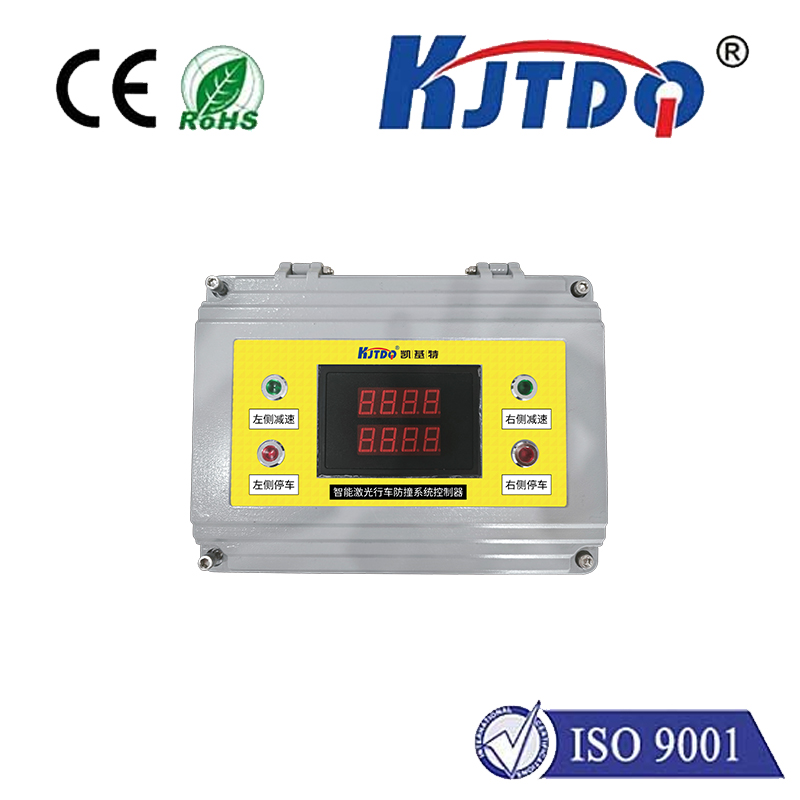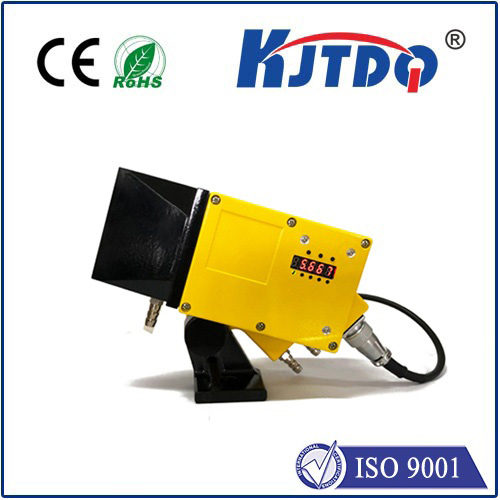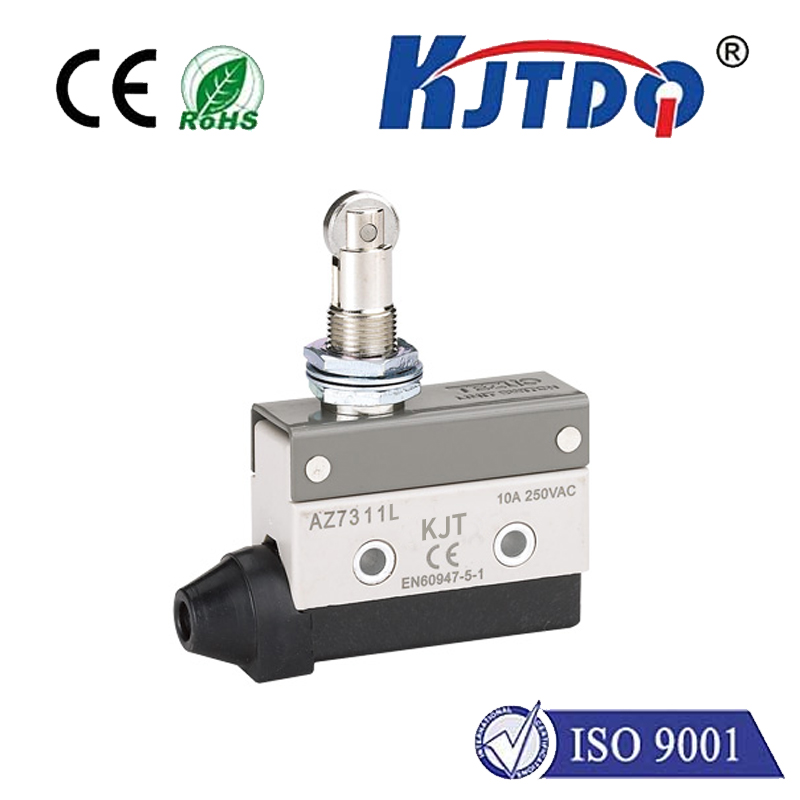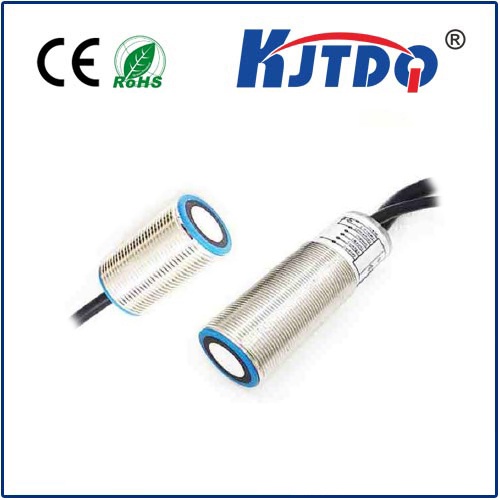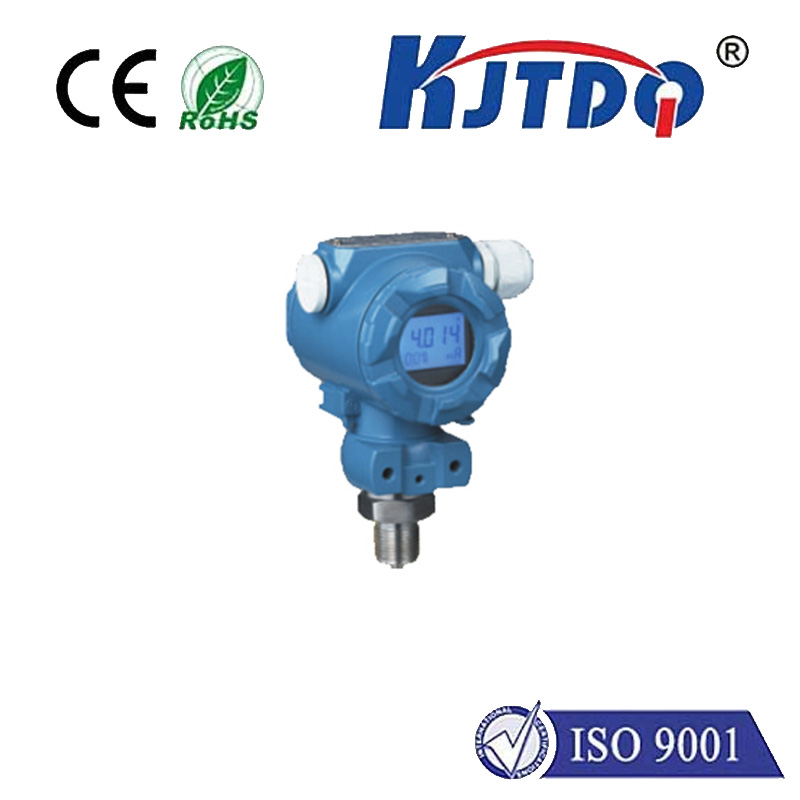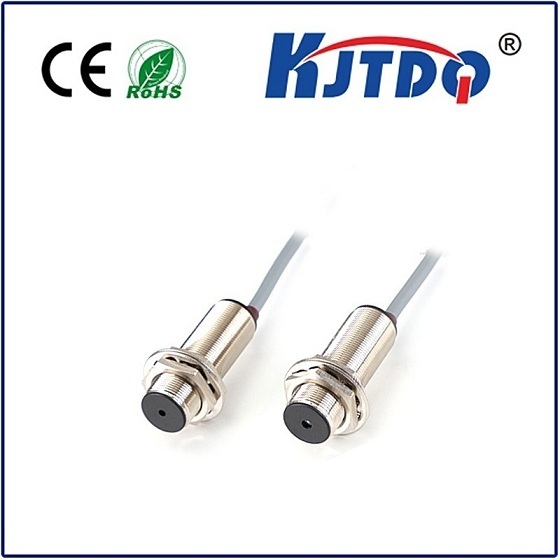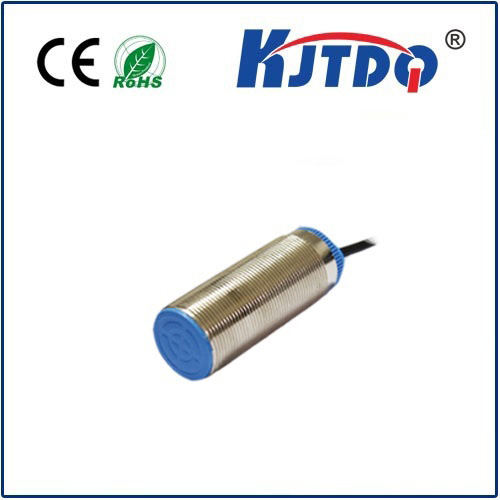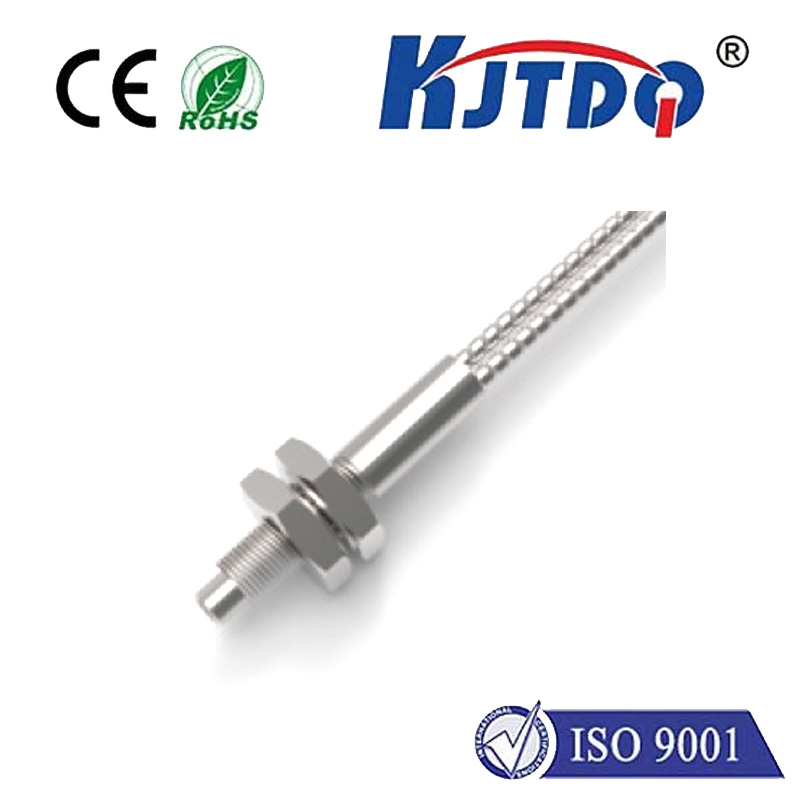flat inductive proximity sensor
- time:2025-06-19 01:53:22
- Click:0
Flat Inductive Proximity Sensors: The Slim Powerhouses of Industrial Automation
Imagine a bustling assembly line where robotic arms whir with precision, placing components within fractions of a millimeter. Ensuring each part is correctly positioned before the next critical step often hinges on a silent, unsung hero: the flat inductive proximity sensor. Unlike their bulkier counterparts, these sleek devices offer reliable, non-contact detection of metallic objects, squeezed into the tightest of spaces. Their unique profile makes them indispensable across countless automation applications, driving efficiency and consistency where traditional sensors simply wouldn’t fit.
Understanding the Core Technology: Induction at Work
At the heart of every flat inductive proximity sensor lies the fundamental principle of electromagnetic induction. Here’s how it works:
- Generating the Field: Inside the sensor, an oscillator circuit generates a high-frequency electromagnetic field that radiates outwards from the sensor’s active face.
- Eddy Currents & Damping: When a conductive metal target (like steel, aluminum, brass, or copper) enters this oscillating field, eddy currents are induced on the target’s surface. These swirling currents absorb energy from the sensor’s field.
- Detecting the Change: This energy absorption causes a measurable damping or reduction in the amplitude of the sensor’s oscillating circuit.
- Triggering the Output: The sensor’s sophisticated electronics monitor this amplitude change. Once the damping reaches a specific threshold – indicating the target is within the defined sensing range – the sensor’s output switch (NPN, PNP, NO, NC) changes state (e.g., from OFF to ON).
The Defining Feature: Why “Flat” Matters

The inductive proximity sensor concept has been around for decades. The revolutionary aspect of the flat variant is its dramatically reduced installation height. While standard cylindrical inductive sensors project significantly from the mounting surface, flat inductive sensors boast an extremely low profile. This design offers several critical advantages:
- Space Optimization: They excel in applications with severe spatial constraints. Whether mounted within machine tools, behind thin panels, on robotic arms with limited clearance, or inside compact packaging machinery, their minimal protrusion makes installation possible where other sensors fail.
- Reduced Vulnerability: Their flush or near-flush mounting significantly lowers the risk of accidental impact or damage by passing equipment, materials, or personnel. This enhances reliability and reduces costly downtime.
- Seamless Integration: The flat design allows them to be integrated smoothly into machinery surfaces or mounted directly onto brackets without creating bulky obstructions, maintaining clean machine lines and reducing potential snag points.
- Simplified Installation: Often featuring pre-set sensing ranges optimized for their profile and mounting options like threaded holes or slots on the flat surface, installation is typically fast and straightforward.
Versatile Applications: Where Thin is Definitely In
The unique blend of reliable non-contact detection and minimal space requirements makes flat inductive sensors ubiquitous in modern industry:
- Machine Tooling & CNC: Detecting tool presence/absence in tool changers, verifying workpiece clamping, monitoring slide positions, and confirming end-of-travel limits, all within the cramped confines of machining centers.
- Robotics & Automation: Mounting onto robot arms or end effectors to detect gripper closure, verify part pickup/drop-off, sense pallet presence, or confirm fixture engagement without adding significant bulk or weight.
- Material Handling & Conveyance: Detecting metal parts on thin belts or vibratory feeders, confirming tray or carrier positioning, sensing shuttle locations, and monitoring gate or diverter positions.
- Packaging Machinery: Verifying the presence of metal lids, foil seals, cans, or metallic components on blister packs within extremely compact machine sections.
- Automotive Assembly: Position feedback on lifts and clamps, detecting engine blocks or sub-assemblies on pallets, confirming robotic weld gun closure, and monitoring intricate assembly steps on tight production lines.
- Access Control: Discreetly sensing metal components in security gates, turnstiles, or sliding doors.
Key Selection Considerations
Choosing the right flat inductive proximity sensor goes beyond just the shape. Consider these factors:
- Sensing Range (Sn): This defines the maximum distance from the sensor face at which a standard target can reliably be detected. Flat sensors generally have shorter standard ranges than cylindrical ones, but are optimized for close-proximity detection.
- Target Material: While designed for metals, sensor performance can vary. Mild steel offers the longest range. Sensors with reduced sensing ranges might be needed for non-ferrous metals (aluminum, copper). Some are specifically tuned for non-ferrous detection.
- Target Size: Ensure the target meets the sensor’s specified minimum target size for reliable switching at the rated sensing distance.
- Output Configuration: Select the correct switching logic (Normally Open - NO / Normally Closed - NC) and transistor type (NPN sinking / PNP sourcing) compatible with your control system.
- Environmental Factors: Consider required IP ratings (Ingress Protection - e.g., IP67 for protection against dust and temporary water immersion), temperature range, resistance to chemicals, oils, or welding spatter.
- Mounting: Flush vs. Non-Flux Mounting: Some sensors require a metal-free zone around them (“non-flush mountable”) for maximum range, while others can be mounted flush with metal surfaces (“flush mountable”) – a common feature in flat sensors crucial for cramped installations.
- Electrical Specifications: Voltage supply range (e.g., 10-30V DC), current consumption, and switching capacity (load current).
- Housing Material: Typically robust plastics like PBT or metals like stainless steel for harsher environments. The housing contributes significantly to the sensor’s IP rating.
Embracing the Flat Advantage
Flat inductive proximity sensors represent a crucial evolution in sensing technology, perfectly tailored for the demands of modern, compact automation. By leveraging the reliable principle of electromagnetic induction within an ultra-slim housing, they deliver robust non-contact detection of metallic objects where space is at an absolute premium. Their compact design enhances machine integration, improves reliability by reducing vulnerability, and simplifies installation across diverse sectors, from precision machining and robotics to packaging and automotive assembly. Whether verifying critical part positions, confirming machine states, or enabling safety interlocks, these “slim powerhouses” are vital components in the relentless pursuit of industrial efficiency and precision.












